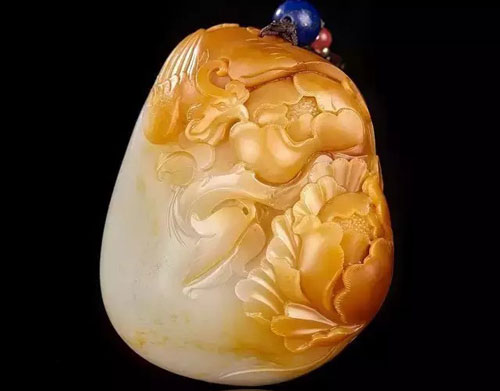Su Gong, almost synonymous with good jade carving, is regarded as the benchmark for the jade carving industry. Suzhou jade carving not only represents a very high level of craftsmanship and aesthetics, but also means that the ancient culture has a profound cultural connotation!
Suzhou jade carving industry scale
The industrial scale of Suzhou jade carvings has attracted jade carving workers from all over the country to start a business here. According to incomplete statistics, the number of migrants in the Suzhou jade carving industry accounts for about 80% of the total population. In addition to Yangzhou and Xuzhou from Jiangsu Province, there are also a large number of jade carving practitioners in Suzhou, Anhui, Anhui, and other provinces and cities. At the same time, there are also a certain number of people working in the two lakes, Guangdong and Guangxi, and the northwest. . They come from all corners of the country, and the cause of jade creation brings everyone together. At present, Suzhou jade carving practitioners have a population of tens of thousands, and the jade carving industry chain has also derived from the prosperity of jade material trading, jade polishing, jade equipment sales and other related industries!

The question is: Where are the talents of Suzhou jade carving?
Both art and talent need to be passed down. In today's era of talent flow and cultural exchanges, the connotation of "Suzhou jade carving" is bound to be more diverse and diverse. All of this is closely related to the talent pattern of Suzhou jade carving. There are six main categories of Suzhou jade carving people.
The first type of talents grew up before and after the reform and opening up, along with the transformation of the state-owned jade carving factory and the transformation of the jade carving creation model. For example, Cheng Lei, Ge Hong, Yan Lijun, Jiang Xi, Yang Lan, etc. They studied in Suzhou Gongmei School in the early days and have a good art foundation. After graduation, they were assigned to Suzhou Jade Carving Factory and led by the factory master. Next, I received practical training, and then I started my own jade carving studio.
This group of people, thanks to the nourishment of modern art education, and under the protection of the state-owned system, has a period of tempering and unsatisfactory craftsmanship, and when the technology matures, it catches up with the active period of the market economy. Freedom to play the artistic personality can be described as smooth and smooth. Coupled with their own efforts and talents, they will inevitably become the mainstay of the Suzhou jade carving industry.
The second type of talent first accepted the complete elementary and high school culture education, then entered the art college to study art, and then entered the private jade carving studio to receive training in craft techniques. Representative figures include Wang Yibu, Bai Qiatong, etc. This kind of talent culture has a very good foundation and knowledge structure. In colleges and universities, it has been influenced by Western art concepts, thinking avant-garde and dare to innovate, but the slightest deficiency is It is not enough for the study of Chinese traditional culture, and it is not particularly skillful in the use of traditional jade carving art language.
The third kind of talent, directly into the studio as an apprentice, gradually perfected the craft and formed the style in a large number of practical tempering. Such talents can excel and often have good talents and savvy, and their academic attitudes are also relatively hard and practical, and can achieve excellent craftsmanship. But the downside is that they lack a mastery of art. The styles they produce and the subjects they are good at are often limited by the studio and even the needs of the market. They are also weak in culture and lack of innovation.
The fourth talent, young people may learn jade carvings in other jade carving industry bases, and may even be in different bases across the country. After having mature carving skills, they came to Suzhou to develop, settled in Suzhou for many years, and the art style was deeply influenced by Suzhou jade carving. The influence of the original skill is integrated with the original skill, and slowly established its own brand. For example, Zhao Xianzhi, Hou Xiaofeng, and Zhong Zhongqiang, they studied jade carving in Henan in the early days, then moved to Suzhou to absorb the essence of Su Yu style, and eventually became the representative figure of contemporary Suzhou jade carving.
The fifth kind of talent is that there are already mature studio brands in other places, but I have taken a fancy to this treasure in Suzhou. I think that Suzhou has a more suitable human environment and market environment, so I moved to Suzhou. For example, Jiang Hongli and You Zhiguang who moved from Shanghai to Suzhou, and Yin Xiaojin who moved from Yangzhou to Suzhou.
The last one is the jade carving talents developed in Dongpu and Guangfu, which are very close to Suzhou. They have irreplaceable artistic styles in utensils and antiques, and they also retain the original Suzu characteristics and charm. It is unique in the industry and should not be underestimated.
Shirt Knitted,Casual T-Shirts,Striped Sweatshirt,Sweatshirts T-Shirt
Shaoxing Holly Garments Co., Ltd. , https://www.hollygarment.com